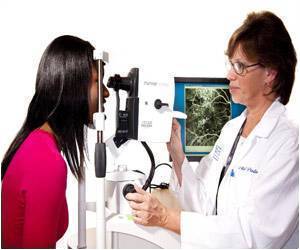There is a huge demand for rapid and accurate detection of COVID-19 infection. The primary detection method has been using reverse transcription-polymerase chain reaction (RT-PCR) on samples collected from nasal or throat swabs. However, this method is subject to inaccuracies due to sampling errors, low viral load, and the method’s sensitivity limitations. This is an especially significant issue for patients who are in the early stages of infection.
‘The highly advanced artificial intelligence model further helps our ability to precisely detect COVID-19 patients.’
An additional diagnostic tool for COVID-19 can come from images of lungs. For diagnosing lung diseases, chest X-rays or CT scans are the primary resources, and they can be used to distinguish COVID-19 from other types of lung injuries, as well as to assess the severity of lung involvement in COVID-19. These types of images can enhance the diagnostic capabilities for COVID-19 patients, especially if they are coupled with artificial intelligence models.
These diagnostic biomarkers using the artificial intelligence model were subsequently used to differentiate COVID-19 patients from both pneumonia and healthy patients. The entire model was developed with a cohort of 704 chest X-rays and then independently validated with 1597 cases from multiple sources comprised of healthy, pneumonia, and COVID-19 patients. The results showed excellent performance by the model in classifying diagnoses of the various patients.
“In addition, such a model can be applied for diagnosis of other diseases using different imaging modalities,” said lead researcher Samad Ahadian, Ph.D.
The use of computer modeling with data extracted from medical images shows great promise in enabling precision medicine and can revolutionize medical practice in the clinic. Developing methodologies to capture entire sets of information while suppressing irrelevant features enhances the reliability of artificial intelligence models. The proposed approach would be a step towards applying them in precision medicine and can provide an efficient, inexpensive, and non-invasive way to strengthen the diagnostic capabilities of imaging.
“Artificial intelligence-driven models with diagnostic and predictive capabilities are a powerful tool that are an important part of our research platforms here at the institute,” said Ali Khademhosseini, Ph.D., Director and CEO of TIBI. “This will carry over into countless applications in the biomedical field and in the clinic.”
Authors are Bardia Yousefi, Satoru Kitakawa, Arya Amini, Hamed Akbari, Shailesh M. Advani, Moulay Akhloufi, Xavier P.V. Maldague and Samad Ahadian.
Source: Eurekalert



